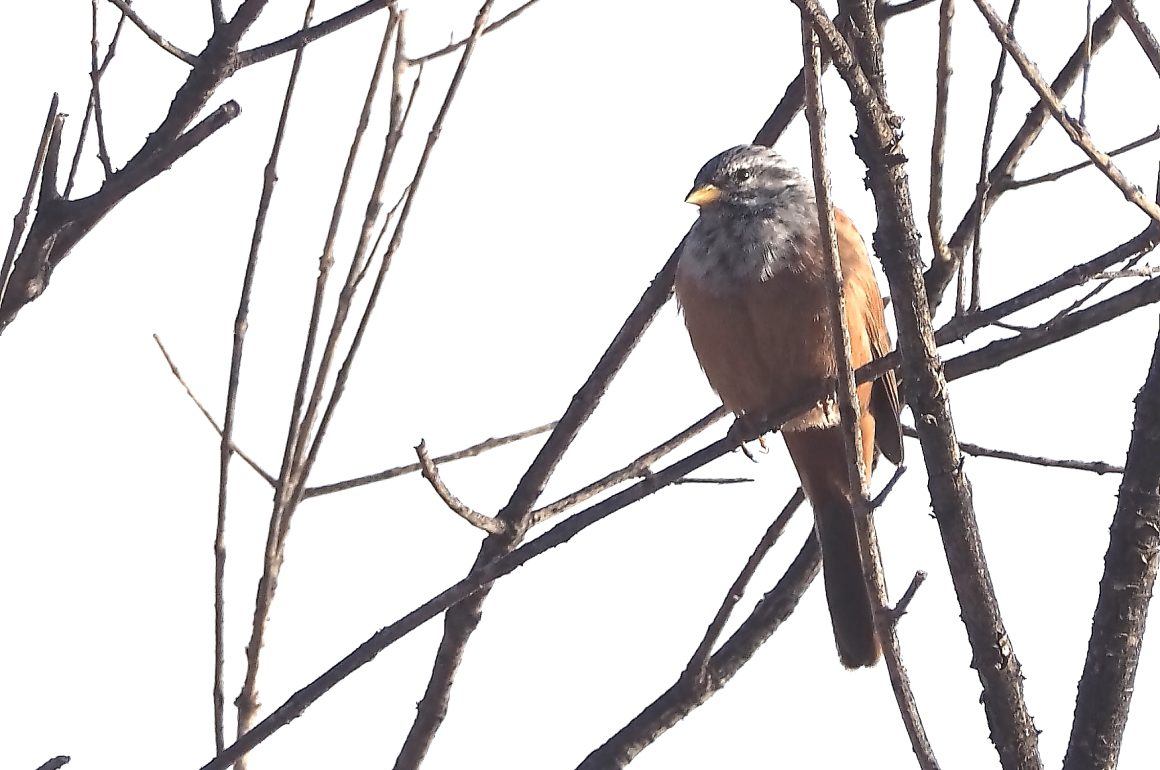
My wife and I had work-related occasion to spend last week in Morocco. While there, we bought our adult son a classic red fez. After all, as any self-respecting fan of Doctor Who knows, fezzes are cool.
I also think that some of the birds one can see in Morocco, specifically in the Marrakesh area, are cool. Several of these birds offer interesting twists on species one can see further north in Europe. For example, The Moussier’s Redstart beats the Black Redstart hands down.
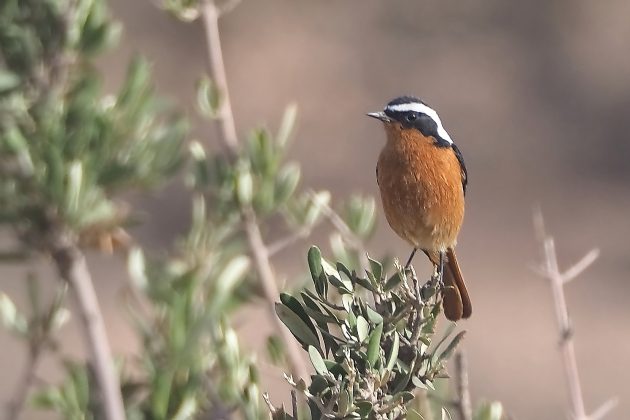
Moussier’s Redstart
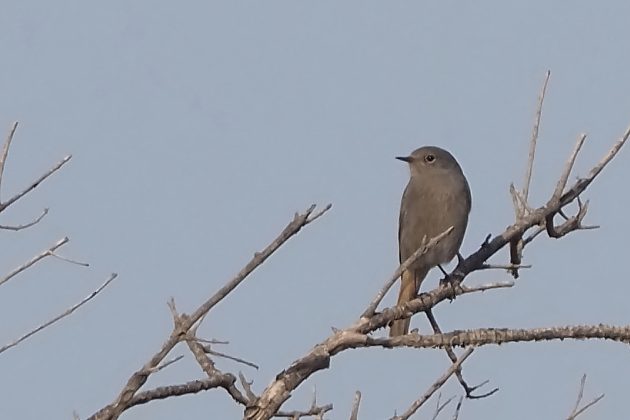
The poor Black Redstart just can’t compare.
I’m a big fan of all Magpies, and have seen four different Magpie species in my life. But the Maghreb Magpie may be the most dashing one of all, with the usual highly editorial dark/white look accompanied by a mysterious blue patch behind the eye and a preposterously long tail, which it tends to cock upward to avoid dragging it on the ground. Its name sounds cool, too.
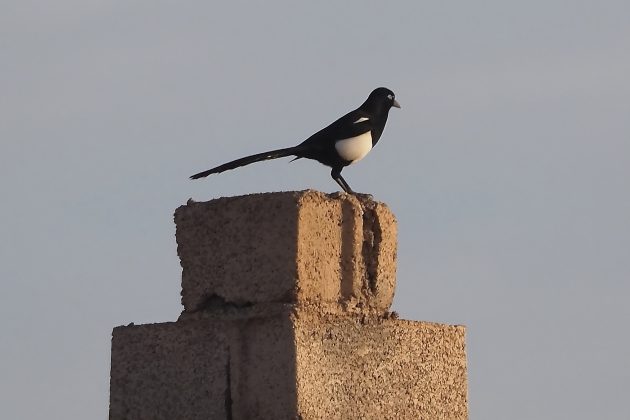
Maghreb Magpie

Maghreb Magpie, with tail cocked
The African Chaffinch isn’t actually more attractive than the more, well, common Common Chaffinch. But who would want to be Common when you could be African?
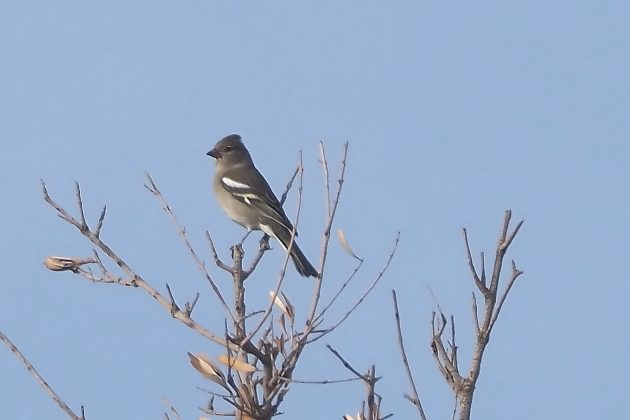
African Chaffinch
When we go to Morocco, which we have now done three times, I always look forward to seeing House Buntings. Oh, and one does see them. These charming LBJs are fearless around people, and even fly into houses through any window left open. They are apparently considered to be good luck by the locals, producing their fearlessness around humans. But I think they are really appreciated for cleaning up indoor floors. They also have a lovely song, and the good sense to use it often. For me, the House Bunting is Morocco’s flagship bird, although Moussier’s Redstart comes in a close second.
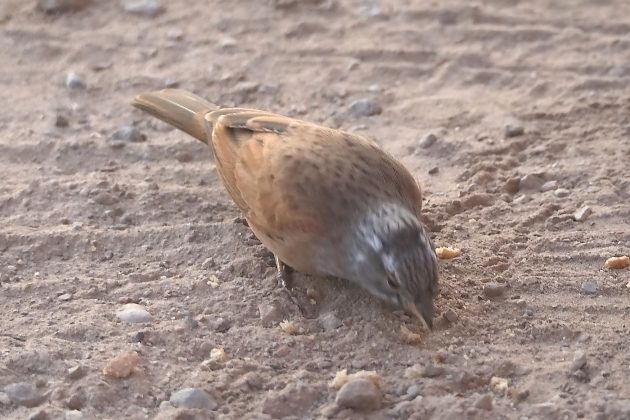
Yes, this House Bunting really was just that close.
In spite of their invasive tendencies, the spots and colors on European Starlings make them lovely birds. But I think the Spotless Starlings of North Africa, Spain, and the largest Mediterranean islands have a certain Goth mystique of their own.

Spotless Starling
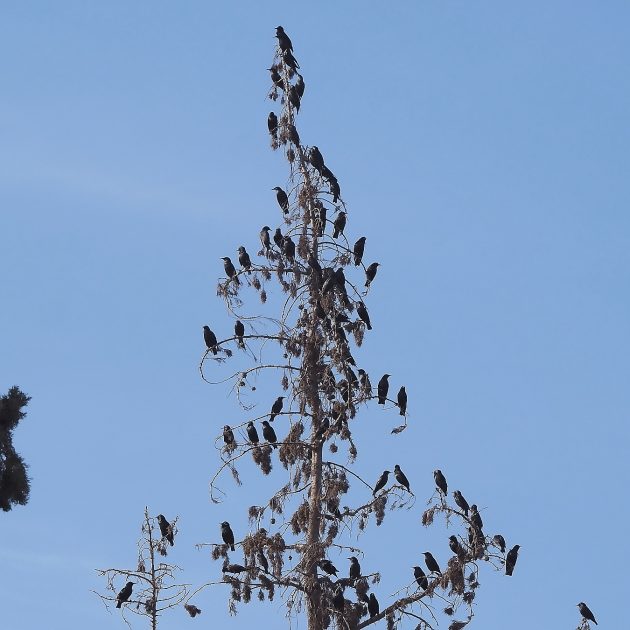
“It’s beginning to look a lot like Christmas…”
When you hear birdsong in Morocco in November, it’s likely to come from Common Bulbuls.

These also looked like Christmas.
Thekla’s Larks, another Spain/North Africa specialty, are masters at blending in with the bare ground on which they feed. That may be why they seemed so unconcerned with my presence.
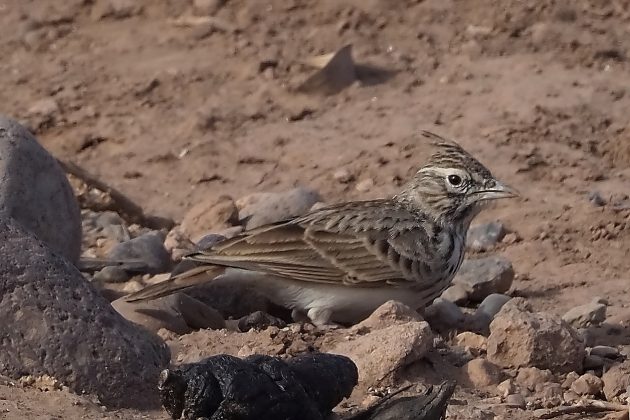

In spite of their eurocentric name, European Greenfinches appear to be exceedingly common here. Not Spotless Starling common, but common nonetheless.

There was a type of seed/fruit available during my visit, and I never saw a Greenfinch bill without them.
Eurasian Blackcaps are somewhat more faithful to their name, only spending the winter in Africa.
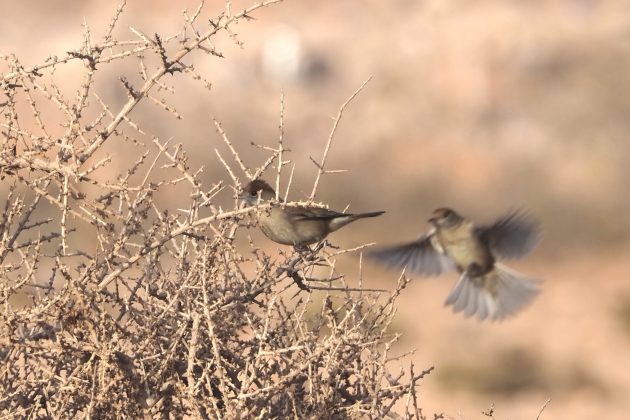
Female Blackcaps have brown caps. Of course.
There seems to be a special Moroccan variety of the White Wagtail with a more heavily-marked face. But I never saw it. I saw this one, and many others, on a nearby trash dump.

All of the above photos are from a small town southwest of Marrakesh. But we also visited the capital city of Rabat for one day. While there, we saw a Common Chameleon, my first chameleon in the wild. How could I not show that photo?

And while I had a photo of a White Stork from the above-mentioned trash dump, it seemed in better taste to show the nest of this White Stork, with a fine eye for Rabat real estate:
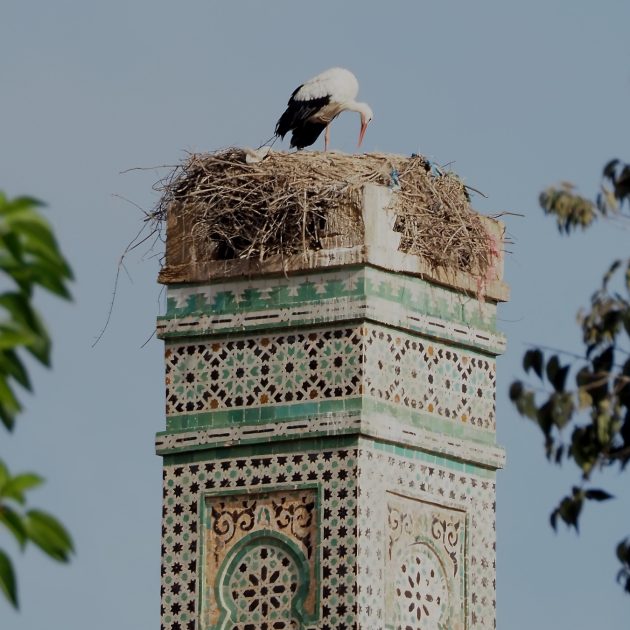






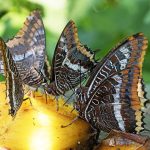
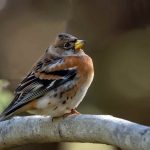



Leave a Comment